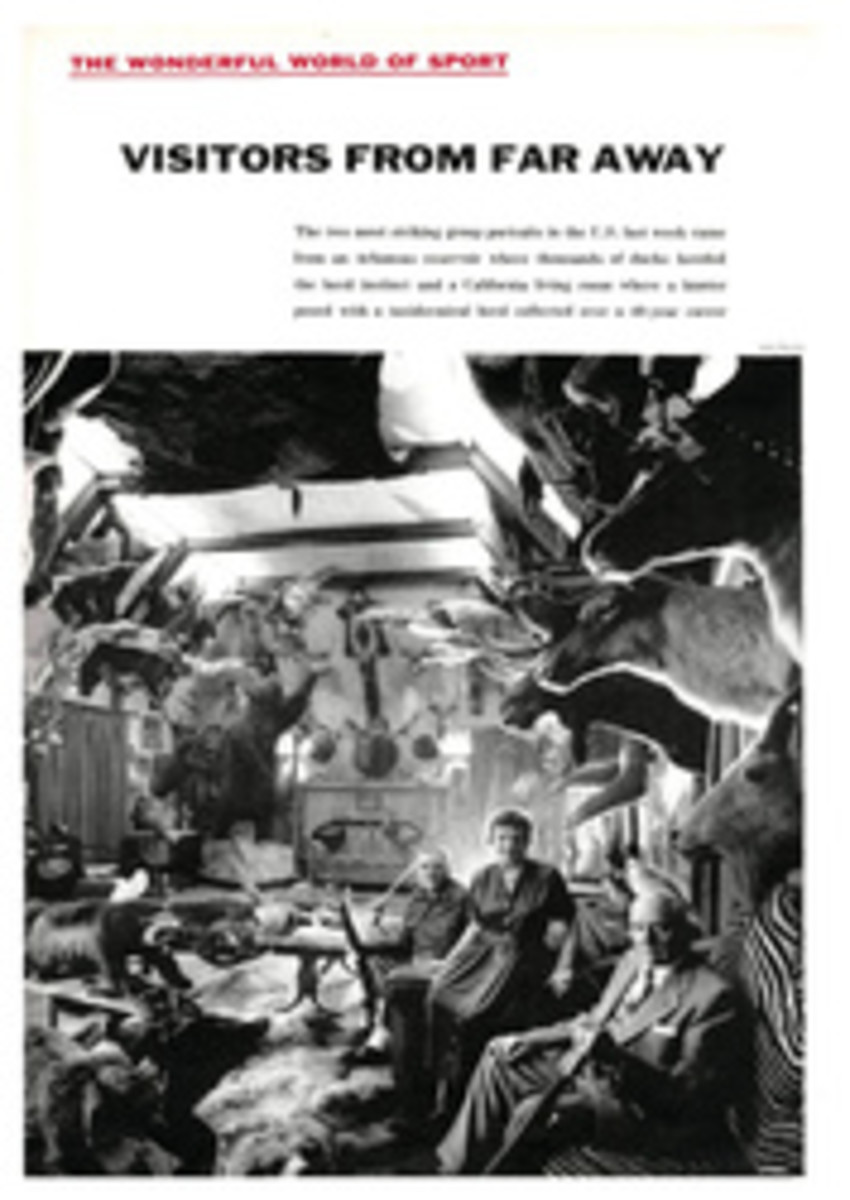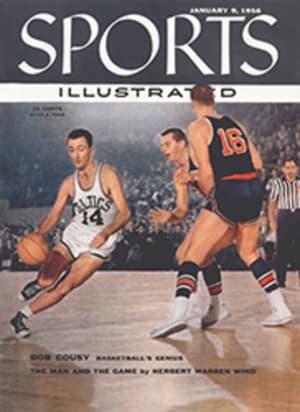
SKI TIP
At one time or another, every skier, whether he is a pure novice or an advanced slalom racer, has felt his skis chattering as he goes through a turn, a warning that he is losing or could lose control. This happens most frequently on ice or hard-packed snow and can best be analyzed by a comparison with the action of a carving knife on a wooden cutting board. If you place the edge of the knife on the board and push the knife sideways, the movement will be jerky and grating, as the edge of the knife catches on the wood, releases itself and catches again.
But if the knife is pushed forward in a straight line, or in an evenly described arc with the cutting edge always at the same angle, the movement, will become smooth. Similarly, if you go through the turn sitting back on the skis, using too much edge and not enough shoulder rotation, you will make a jerky, L-shaped turn. The edges will chatter—bite, come out and bite again—like the knife on the board. And if a racer, running a slalom, jumps the tails of his skis past the fall line, they will skid and chatter too, losing precious seconds.
To prevent chattering, the skier should let his skis lie as flat as possible on the snow, even if it means lengthening the turn. The slalom racer must be careful to lift his skis into the fall line—never beyond it. The novice or intermediate must make sure his turns are round and that his turning action brings him smoothly into the fall line and out again. Moreover, he should stress the windup and follow-through. As practice for less advanced skiers, I suggest exaggerating the rotation, particularly at the finish of the turn. If you try this added rotation and maintain a good forward lean, you will find turning a good deal easier and more rhythmic, with less and less chatter.
PHOTO
FRIEDL PFEIFER

